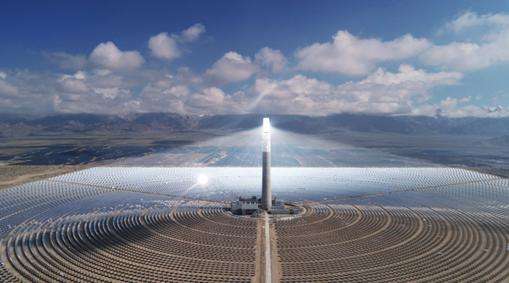Solar cells now include several technologies such as crystalline silicon, thin film and CIGS.
Usually, solar cells mainly refer to crystalline silicon cells. This technology uses crystalline silicon as a base. The wafer is cut into very thin slices and electrodes are printed on them to make photovoltaic cells. According to the composition of crystalline silicon, it can be divided into monocrystalline silicon and polycrystalline silicon. There are many manufacturers of this technology.
Thin film batteries are very different in terms of materials and processes. They are made by coating a substrate with glass and then using laser engraving to make cells. They can become amorphous silicon. . It transmits light, unlike crystalline silicon which is opaque. However, the energy production per unit ofsurface area is less than that of crystalline silicon. There are not many manufacturers of this technology in the world. Chinese company Hanergy is the largest, and First Solar in the United States is also a big company.
CIGS and miasole are another technology that can make one. flexible and bendable cellular sheet. The base material is a very thin steel sheet, which can withstand large bends. This is the biggest advantage of glass solar modules. It is also lightweight and easy to carry. This technology was invented by an American company and is now fully acquired by Hanergy. It can be said that this technology now belongs to Chinese companies.
Researchers at the University of California, Los Angeles and other institutions have developed a new type of thin-film solar cell. Its double-layer design greatly improves photo conversion efficiencyoelectric and its performance set a new standard. record for similar solar cells. This result was published in the new issue of the American magazine Science.
This type of double-layer tandem structure solar cell has the top layer sprayed with 1 micron thick perovskite, which helps capture energy efficiently solar, and the bottom layer is covered with thin film copper battery about 2 microns thick. The surface of the thin-film battery is processed at the nanoscale, and a polymer organic hole transport layer is added. This design allows the battery to produce a higher voltage, thereby increasing power output. The assembly is mounted on a glass substrate approximately 2 mm thick.
The photoelectric conversion efficiency of the new battery reaches 22.4%, which is 10.9% higher than the conversion efficiencyphotoelectric of similar solar cells developed by IBM in 2015. More than doubled. This new record was confirmed by the Renewable Energy Laboratory of the US Department of Energy.
Yang Yang, research leader and professor at the University of California, Los Angeles, said the double-layer series design allows the battery to capture the energy of light in different bands. of the solar spectrum across the upper and lower levels, and compared to the single-layer design of traditional CIGS solar cells, it can absorb and convert more solar energy.
Yang Yang said that this technology has improved the performance of CIGS solar cells by almost 20%, which also means that energy costs have been reduced by 20%. The research team's next goal is to increase the photoelectric conversion efficiency of the cell to 30%.
The material perovskite refers to a type of oxygen ceramic. It is named after a similar structure first discovered in natural perovskite. Perovskite solar cells are considered a future hot spot in the photovoltaic industry. Its spray technology is inexpensive, easy to use, and can be easily applied to existing solar cell manufacturing processes. The application of perovskites can greatly improve the efficiency of electricity generation, similar to installing a turbocharger on a car engine.














